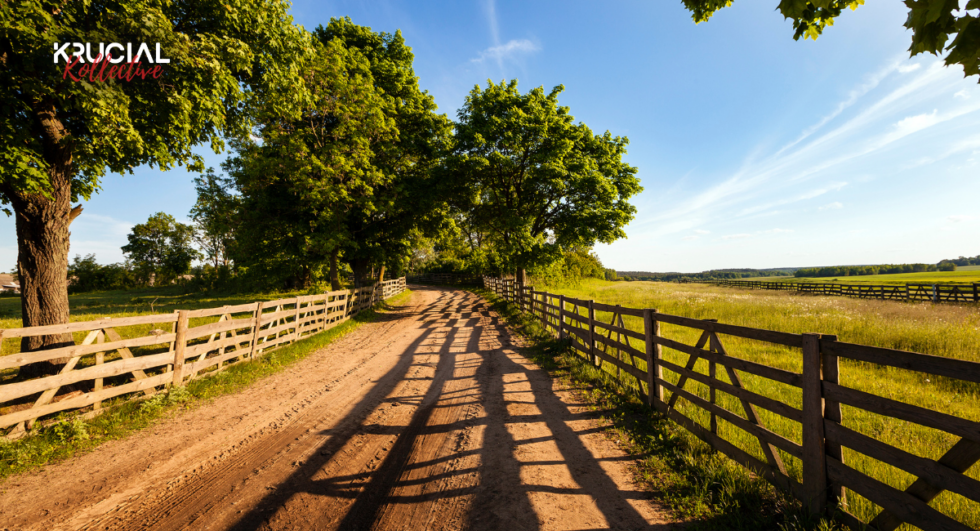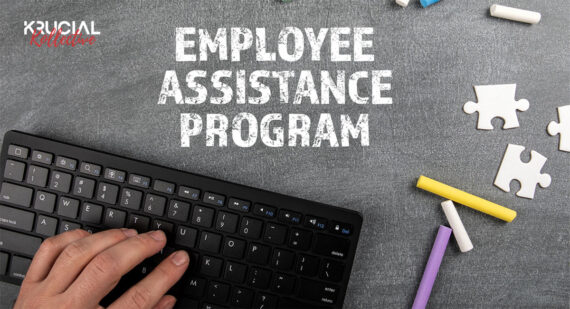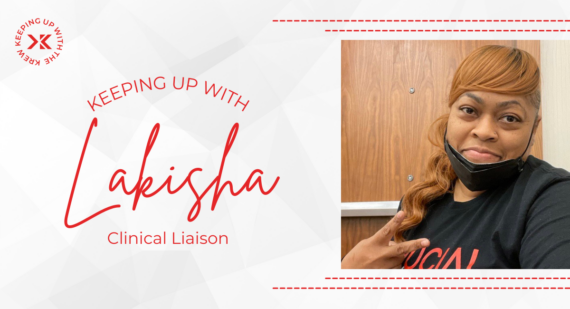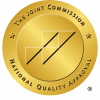
Rural Healthcare and Critical Access Hospitals – The Hidden Crisis Sweeping the States
By: Ben Phelps
Rural America makes up over 70% of the nation’s land mass, with roughly 60 million people living in these non-urban areas. The majestic meadows, picturesque plains, and mountain landscapes compromise some of the most exquisite scenery in the world. The quiet, gorgeous life of the country draws in many Americans, but living further from large clusters of people also comes with some risks. Nearly 30 million US residents do not live within an hour of trauma care. This is where one of the nation’s most vital resources comes in: Critical Access Hospitals.
A Critical Access Hospital (CAH) is a facility located more than 35 miles from another hospital. They are often in rural areas with limited medical offerings and are required to provide care 24/7. Rural hospitals like CAHs make up over 35% of all hospitals in the U.S. They provide essential care to rural residents who often do not have access to sufficient medical care.
The Challenge
In 1997, as part of the Balanced Budget Act, Congress created the CAH designation in response to over 400 rural hospital closures through the 80s and 90s. The goal of the legislation was to improve access for rural residents, but in the past decade, another sharp increase in the number of rural hospitals closing has occurred. From 2010 to 2021, 136 rural hospitals closed. In 2020 a record 19 rural hospitals closed their doors, more than any year in the past decade. The implications for the health and well-being of citizens living in the country are worrisome, to say the least.
With many patient populations in rural areas skewing older, a facility that provides affordable, accessible care is crucial for the community’s livelihood. Many older patients are underinsured or uninsured, making the cost of medical care detrimental. Critical Access Hospitals provide Medicare, Medicaid, and other financial solutions to make healthcare more affordable. Beyond community health care, critical access hospitals also provide economic opportunities and stability for small communities. When looking at locations to place businesses, many potential investors use access to healthcare as a determining factor. Companies look for facilities that provide inpatient services, like CAHs, which can range from acute care, rehabilitation, behavioral health, long-term care, and more.
Despite providing many services and financial support to communities, Critical Access Hospitals face many challenges. For one, CAHs legally must, on average, maintain an annual length of stay of 96 hours or less per person. This and other red tape restrictions can have better applications for urban healthcare facilities, but many regulations do not provide the same benefit or outcomes when applied to smaller population densities. In conjunction with this, CAHs have lower patient volumes typically. This makes it challenging for CAHs to maintain fixed-operating costs. These lower patient volumes can affect the facility’s ability to participate in performance measurement and quality improvement functions. The lower patient volumes, however, do not necessarily reflect the quality or necessity of care provided.
COVID-19 and other causes of spikes in patient volume affect CAHs by causing a strain on resources and potentially increasing the length of time a patient is required to stay. Compounding that issue, many residents in rural communities are below the poverty line, and 1 in 6 adults are uninsured. This combined situation, causes a delay in seeking care, which drives up the cost of care and the time required to treat illness.
The Solution
These challenges can lead to a decreased interest in working in rural areas, but providing help to these communities is vital. Enter Krucial Rapid Response. Our goal is to ensure essential care is provided to all communities in need, regardless of size. To meet this goal, we provide staff to many CAHs around the country. This need for staff in rural areas is extensive and growing nationwide.
While it might not be the same glamourized assignment as an emergency deployment, serving a CAH is just as important and just as rewarding. Many of our nurses find their home away from home in CAHs and renew their contract time and time again. Why? Many team members who work in CAHs take tremendous pride in the fact that, because of their efforts, these facilities continue to deliver the essential care that every person deserves. Beyond that, CAHs provide unique learning opportunities and the chance to provide more personalized patient care. With a smaller staff, CAHs often have incredibly supportive environments that keep travel healthcare workers happy at work when they aren’t out exploring the great outdoors.
There are CAHs in every state, so if you have been considering helping a rural facility, now is the time. The need and opportunity have never been greater. A travel nurse on contract at a CAH can make a massive difference – not just for individuals but in the lives of communities as a whole.
If you know a Critical Access Hospital in danger of closing its doors, send information to Krucial so we can help; Send information or inquiries to konsultant@krucialrr.org
Nearly 30 million US residents do not live within an hour of trauma care.
A travel nurse on contract at a CAH can make a massive difference – not just for individuals but in the lives of communities as a whole.




